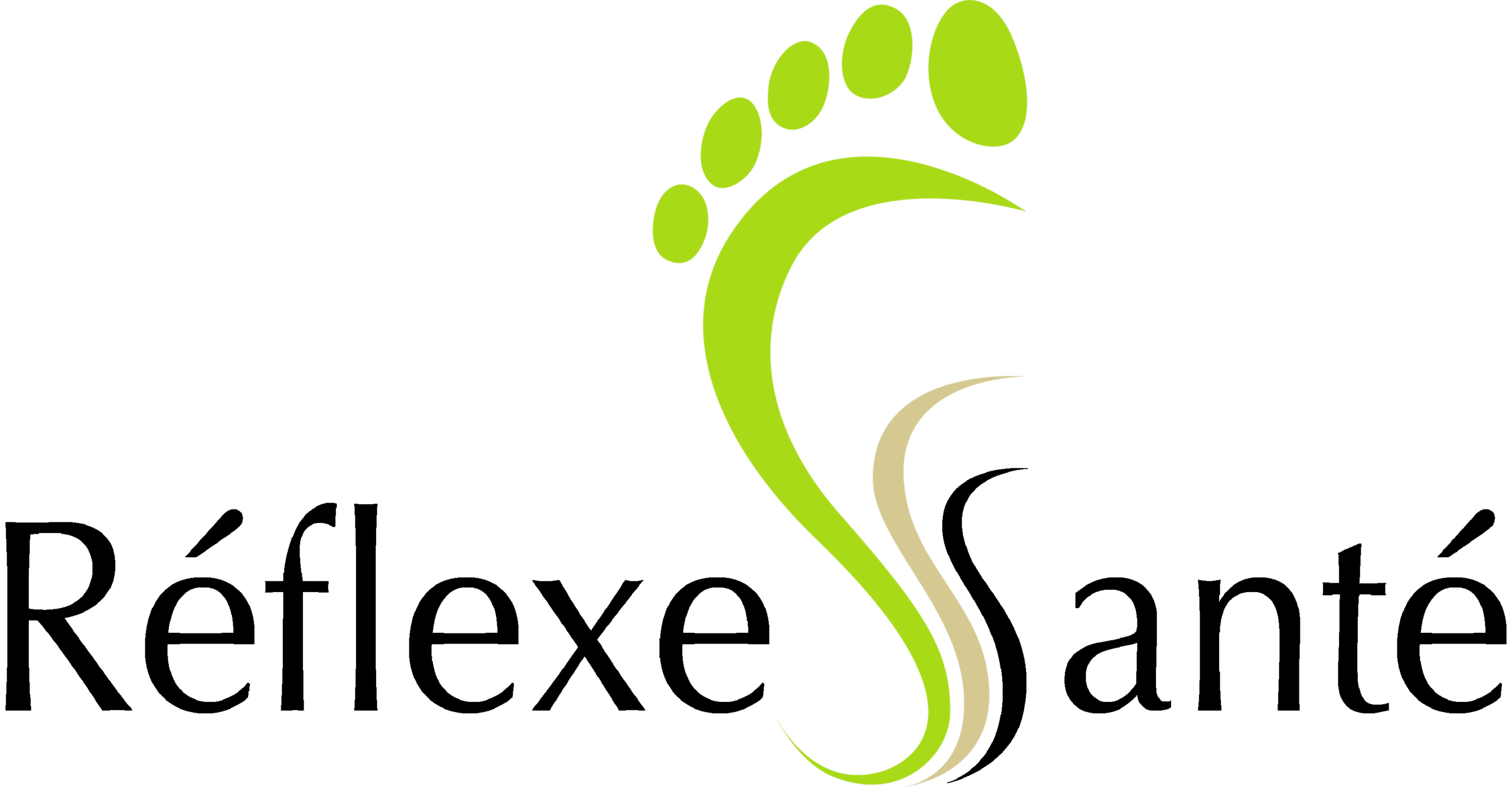Therapeutic Treatments
Discover our personalized therapeutic treatments combining reflexology and acupressure to relax the body, calm the mind, and promote inner harmony.
The Process
What to expect from a reflexology treatment?
Initial Consultation
A reflexology treatment begins with a short consultation to determine the best course of action for the session.
A consultation usually precedes an initial reflexology session, as it is important to discuss the client’s state of health, medical history, and wellness goals. A brief explanation of the treatment demonstrates the therapist’s care and helps build trust with the client.
Duration and Personalized Approach
A typical treatment lasts about one hour, though the duration may vary depending on the services requested or any specific conditions.
During the session, the reflexologist explains the treatment being applied so the client can better understand its benefits.
Comfort and Preparation
If you have never experienced reflexology before, you will quickly feel at ease — we’ll be happy to answer all your questions.
Wearing loose, comfortable clothing is recommended to ensure your comfort throughout the session.
Treatment Session
The reflexology session begins gently, using relaxation techniques followed by the application of thumb and finger pressure on each of the reflex points of the feet or hands.
You are welcome to close your eyes and relax, or to engage in conversation with your therapist — whichever feels right for you.
Adjustments and Balance
During the course of the session, certain areas on the feet or hands may be revisited to release blockages and restore balance to reflex zones.
After your treatment, a glass of water will be offered to help flush out toxins and support the body’s natural cleansing process.
Our Therapeutic Treatments
Reflexology and meridian acupressure work together in synergy to achieve overall balance throughout the body.
Foot Reflexology
Foot reflexology is by far the most widely practiced form of reflexology in the world. It is based on the principle that reflex points on the feet correspond to different parts of the body. For example, the toes represent the nerve endings of the head, and areas along the arch correspond to the digestive system. The left foot represents the left side of the body, and the right foot represents the right side.
Reflexology is not ticklish due to the firm pressure used by the therapist. A particularly sensitive area of the foot during treatment often corresponds to an imbalance in the related part of the body. This sensation, often described as a “pleasant pain,” is both tolerable and beneficial. At Réflexe Santé, a complete therapeutic foot reflexology session generally lasts about one hour.
Hand Reflexology
Hand reflexology is just as effective as foot reflexology, although it is less well known. It is based on the same principle that reflex points on the hands correspond to different parts of the body. Applying thumb and finger pressure on these points can promote relaxation, balance the body, and improve circulation. Because the hands are less sensitive than the feet, the reflex points are deeper, but the treatment can be equally beneficial.
Hand reflexology can be used at the beginning or end of a full treatment, or as a standalone therapy when needed. This method is particularly helpful if a foot is injured or the client is unable to raise the leg.
Hand reflexology can also be practiced as an effective form of self-care between sessions when properly taught by your reflexologist.
Acupressure
Acupressure massage techniques are performed on meridian points. The application style varies using different rhythms and pressures to stimulate key meridian zones. The therapy can be firm, applying sustained pressure on specific points for 7 to 9 seconds. Acupressure points on the surface of the skin have high conductivity and can be very effective. Meridian therapy helps release blockages and relieves symptoms such as stress, numbness, and muscle pain.
Reflexology and Acupressure
In recent years, some reflexologists have begun to incorporate acupressure techniques into their practice. Reflexology focuses on applying pressure to reflex zones, while acupressure stimulates key meridian points. Both modalities rely on the same principle — applying pressure to specific points to increase therapeutic effects throughout the body.
Combining reflexology and acupressure allows both therapies to work in synergy, bringing the body into balance and harmony. This integration enables the reflexologist to design a treatment more effectively tailored to each client’s needs than either therapy alone.
** Reflexology does not claim to cure, diagnose, or prescribe, but it can be effective in relieving symptoms of many health imbalances and can serve as a complementary therapy to traditional medicine.
